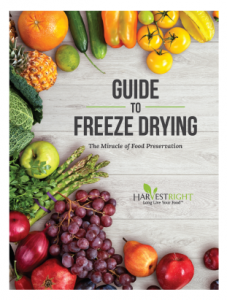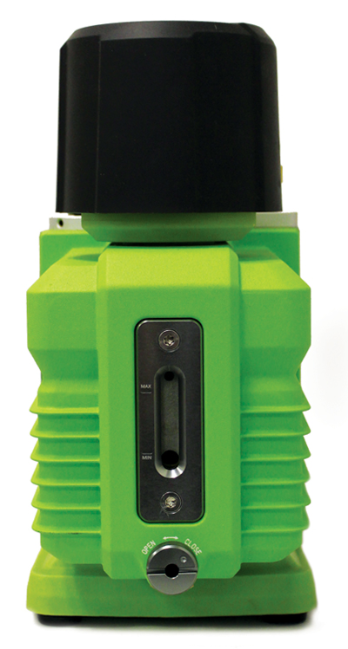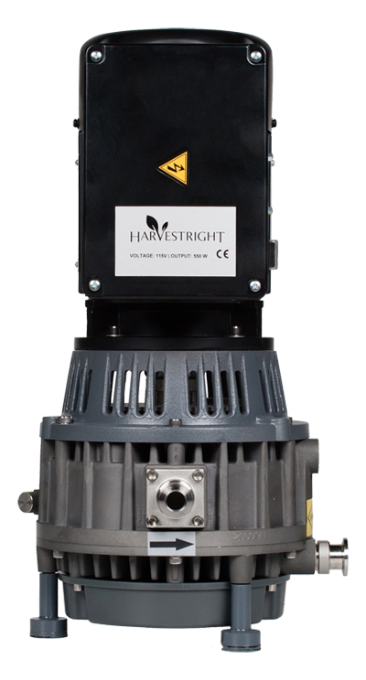Our grandparents were preppers. Have you ever thought about that? All the buzz in the last generation over people who see a need to be ready for what life throws at them has culminated in an attitude that this is something new, trendy, or noticeable. The only thing new is a word; “Prepper”.
As a person who is insanely passionate about teaching others the basics of common sense preparedness and self-reliance, I often relate my approach to that of my parents and grandparents. Reality TV gave us shows like Doomsday Prepper, which heightened the awareness and threw a lot of hype at a movement which has always existed, but was never in the limelight. Suddenly, we weren’t sure whether to admit to being a so-called prepper, or not! Our grandparents didn’t flinch at the thought of having enough food to get through the year until the next crop was available. My parents even tried to keep enough for two years, so that if a crop failed, they had a buffer.
Two generations ago, the mass production of processed food and transportation of food to areas previously unavailable as markets turned our tables from locally grown, seasonal foods to a hodge-podge of fruits and vegetables from other regions (and countries), supplemented with grains, cereals, and pastas that no longer resemble the parent plant. The average family now visits the store 3.6 times per week, and seldom keeps enough food on hand to feed the crew for more than a few days. Our children can’t tell us what locally grown and seasonal foods are for their regions. They have no idea where their food comes from.
Many years ago, I began a journey to live like my parents and grandparents; to revive the basic skills necessary for food production and preservation. I learned to garden, built raised beds that could be cultivated with no more than a hand spade, and planted the first of my fruit trees and bushes. I built a little chicken tractor, and against my husband’s objections, we began raising poultry. Within a few years, we had a nice little flock of chickens and ducks.
I canned, dried, froze, and fermented food. I took the master food preserver course. I was very good at building a food supply. But, to be honest, I really struggled with rotation. It never failed that I would lose a few jars of last year’s pot roast behind the new stuff, and it would get into the “zone” of questionability. While being able to preserve food for a few years was helpful, rotation was a key factor in the use of these foods, and, a percentage of my work was lost each year due to mismanagement. It was also a hard fact that some things simply couldn’t be preserved. Safety was a key factor, and one had to work within the boundaries of the food that could be preserved.
During those years, I had my eye on another product. A company out west was building freeze dryers for the home. American engineered, manufactured, and serviced, Harvest Right had a vision. They were still pretty new to the market, and as an electrician, I was well aware that there were going to be some kinks and issues. I joined the email list, watched, and waited. I saw the units go from a dual knob control to user interface. New size options became available. I would talk to like-minded friends, and several of them purchased units before I did. I was jealous, but I wasn’t sure that I was ready for the financial investment. One thing was certain, this was a beautiful new approach to an age-old problem of keeping our families fed. They put new leather on the proverbial shoe!
In fact, in my seminars and workshops, I discussed the various methods of preserving foods, and I always ended that segment with a picture of a Harvest Right. I told them that if they REALLY wanted to build a long-term food supply, this was the dream machine, and someday, I would have one.
This year, I took the leap of faith. I can honestly say I am hooked, addicted, obsessed. I kick myself for not making the jump years ago. The food is tasty, appealing, and 97 to 99% nutritionally intact! And to be able to store that food for as long as needed is just amazing! The foods that can be preserved are nearly limitless, although there are some considerations for fats and sugar concentrates.
Shall we talk about the cost savings when compared to the purchase of similar commercially available items, or the fact that we know exactly what is in our food? Oh, and that problem that I have with keeping my food rotated? Well, it no longer matters if I get that food used in two years. It will be there when I get to it, and at my age, this food will outlive me! That is ok, though. My children and grandchildren are enjoying these things now, and will happily use the things I put away for later. I have already realized that my coveted Harvest Right is also going to be wanted by my children when I pass on! So often, we think our kids will want our things, only to realize that times have changed, and sentimentality isn’t the same as it once was. Our kids no longer desire our grandmother’s brooch or the family dining set. But this machine… now this thing will live on.
My friends with food issues, intolerances and allergies are going to LOVE this machine! They can have those foods that are specially prepared at home.
My friends who travel now have the ability to take their own food with them in light packages that only need water for preparation.
My friends who farm, on any scale from a patio tomato to acres of corn, are now able to put that food away for future enjoyment.
I am so grateful that somewhere in Utah, a man had a vision. I am thankful that he pursued that vision and demanded excellence. And most of all, I am blessed to finally own this last piece of the food preservation puzzle. If you have been watching this machine, maybe drooling a little, please don’t be afraid to put your faith in Harvest Right. You will NOT regret it.
Donna Hoaks lives in Indiana and is a master food preserver, teaching workshops and seminars on self-reliance and preparedness.




